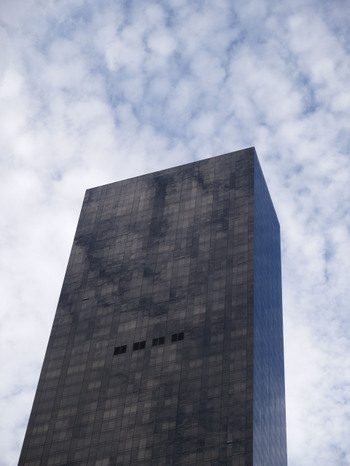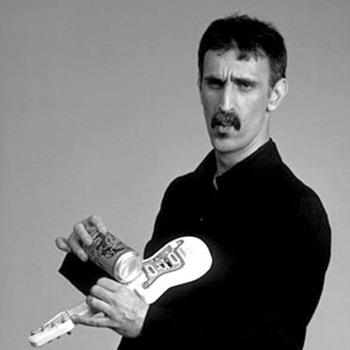 There’s plenty of room for Big Science, as Big Science makes room for itself: the Manhattan Project, RADLAB at MIT, CERN, Los Alamos, Human Genome Project are all examples of (really) big science, not to mention science cities like Oak Ridge, Tsukuda Academic Center (Japan) and Akademorduk (Russia). There’s a much bigger list of big science, but what I want to get at right now is a look at Little Science, teeny-tiny science, and the home of the Good Idea.
There’s plenty of room for Big Science, as Big Science makes room for itself: the Manhattan Project, RADLAB at MIT, CERN, Los Alamos, Human Genome Project are all examples of (really) big science, not to mention science cities like Oak Ridge, Tsukuda Academic Center (Japan) and Akademorduk (Russia). There’s a much bigger list of big science, but what I want to get at right now is a look at Little Science, teeny-tiny science, and the home of the Good Idea.
During the Anita Hill/Clarence Thomas hearings (which was constantly on the radio in the background) my friend Walter Johnson and I set out to move a half-ton piece of equipment,. in the dead of night, with no tools. The object of course had no wheels, measured a very cubey 7x4x3 feet (or so), and presented itself in a primal crouch, like 6 refrigerators on their sides. The Thing, a color photographic developer, needed to be put on its side, then moved down a 75’ hallway, then placed on end (!!) and then placed in a truck.
We had a ratchet set and a few screwdrivers for tools—plus three roundish fence posts that we found in the trash outside.
We removed as much of the innards as possible (it was a working machine so it needed to be put back together again), and were able to get it on its side so that it would fit through a door and down the hall. I think that being bearish brutes we just muscled the thing over. We of course used the logs to roll the beast down the hallway, a la the way we used to imagine the Egyptians moving monoliths. We even knew how to get the thing upright—the big deal, though, was to get it back down again, horizontally, to get it into the truck.
This was, as Frank Zappa would say, the crux of the biscuit.
Walter was and is a severely, acutely intelligent man with great creativity and a big sense of humor.
Looking at our little bit of Stonehenge, trying to think of a way to move it from vertical to horizontal without damaging this slippery heavy stinking machine, and to continue using cave-man tools, was a thorny issue.
Walter cracked it in an instant.
We had five or six one-gallon jugs of water with screw tops—I think Walter had already consumed two gallons of it (he’s a big man, too)—that would serve the purpose. Walter duct-taped the tops back on four of the empty jugs, taped the jugs across the top of the Beast, and then pushed the thousand-pound brute over. The jugs acted perfectly, like shock absorbers; the caps stayed on, the machine never touched the ground, and we moved it into the truck and off into the night, celebrating our victory with warm Guinness. 
It was a gorgeous and instant solution to a knotty problem, and a perfect application of a little sci and mechanics. Of course you had to be able to see the simplest, most direct solution to the problem, which Walter did, and then have the necessary tools in the trash around you to make the dream come true. But we hadn’t thought of that end bit, the lowering of the machine without damaging it part, which was such a heart breaker for the moment before Walter said that he knew how to do it. But Walter was always like this, always hyper-smart and intuitive—he can master complex issues quickly and remember it all (I showed him Bergmann’s book on pi one day and without prompting he began to recite the pi through at least 50-places)—but the big deal was to recognize the shortest, best, most elegant solution to a problem. And seeing that thousand pound behemoth fall safely to the ground as if on pillows is about the best exclamation mark that I can think of when talking about solutions like this.
Happy 50th Birthday, Walter Johnson
Here's an unusual musical bit using the first thousand places of pi for a piano solo.



Comments